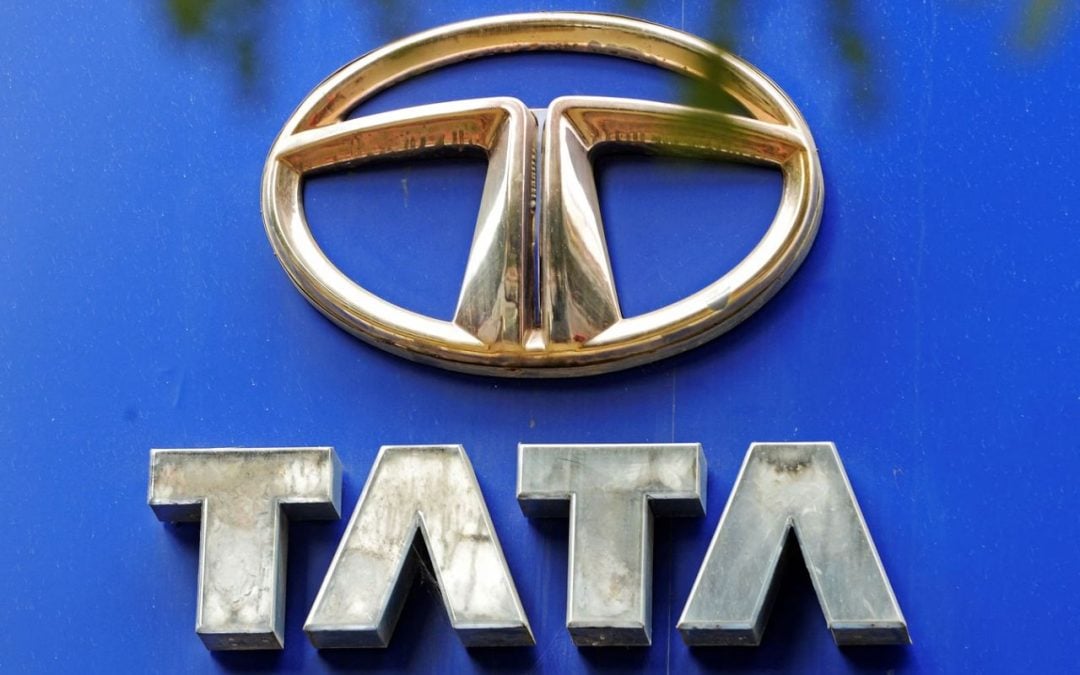The Indian automotive industry has seen remarkable growth, driven by increased demand, innovation, and favorable government policies. Leading companies like Tata Motors, Maruti Suzuki, and Mahindra & Mahindra have expanded their product portfolios to meet evolving consumer needs. With a focus on electric vehicles (EVs) and advanced features, Indian auto companies are well-positioned to capitalize on both domestic and global markets.
Future Potential and Rising Demand
The future of the Indian auto industry looks bright, fueled by rising disposable incomes and a growing middle class. Finance companies are playing a pivotal role by providing easier access to auto loans, thus fueling consumer demand. Additionally, there has been a surge in SUV sales, driven by changing preferences for space, comfort, and luxury in the Indian market. This increasing demand for SUVs, combined with innovation in electric mobility, presents significant growth opportunities for the industry.
Share Price
The shares of TATA Motors are currently trading at Rs. 782 up by 0.33% from its previous close of Rs. 780 as of January 10, 2025. The share also touched an intraday high of Rs. 784. Recently the company’s shares have corrected from its lifetime high of Rs. 1,179 and are currently down by more than 33%.
Brokerage Update
Macquarie’s Positive Outlook for Tata Motors
Macquarie has a bullish stance on Tata Motors, with an “outperform” rating and a price target of ₹1,278, implying a 60% upside from its current levels. This price target is the second-highest on the street, indicating strong potential for share price growth. The brokerage highlights the correction in the stock, which has dropped 32% from its previous high of ₹1,179. Despite this decline, Macquarie’s target is above these levels, suggesting optimism about the stock’s recovery.
JLR’s Strong Sales and Product Mix
A key positive highlighted by Macquarie is the healthy product mix of Jaguar Land Rover (JLR) in Q3, with premium models now accounting for 70% of total sales. This is an improvement from 62% in December 2023 and 67% in September 2024, indicating a favorable shift toward higher-margin products. While retail sales in China fell by 41% year-on-year, Macquarie noted that sales outside of China grew by 3%, particularly driven by the North American market. This strong product positioning is expected to bolster JLR’s performance.
Key Factors to Monitor: Earnings and Cash Flow
Macquarie emphasized that the future trajectory of JLR’s earnings and cash flows will be crucial for Tata Motors. Additionally, growth in Tata’s domestic Commercial Vehicles business and improving Passenger Vehicle margins will be key areas to monitor. These factors are expected to contribute significantly to the company’s growth in the near term, making the stock an attractive investment opportunity.
Morgan Stanley’s Outlook and Margin Expectations
Morgan Stanley, while more conservative, expects a 15% upside for Tata Motors, setting a price target of ₹920 with an “equalweight” rating. The brokerage noted that JLR’s wholesale volumes for the quarter exceeded expectations. However, Morgan Stanley highlighted that in order for JLR to meet its 2025 EBIT margin guidance of 8.5%, it would need to report a margin of 9.5% in Q4, making the 2026 margin guidance a key trigger to watch for further price movement.
Nomura’s Target and Valuation Appeal
Nomura also has a positive outlook on Tata Motors, maintaining a “buy” rating and a price target of ₹990, which suggests a 25% upside. The brokerage expects a strong free cash flow of £250 million for the third quarter, supported by higher volumes. Nomura further highlighted Tata Motors’ attractive valuations, noting a potential shift from a net debt of ₹22,000 crore in Q2 to net cash by FY27. At 4.2 times FY27 Enterprise Value to EBITDA, the brokerage sees the company’s valuations as highly compelling.
Financial Outlook
Tata Motors reported a decline in sales and profits for the quarter ending September 2024 compared to September 2023. Sales decreased by 3.5%, from ₹105,129 crore in Sep ’23 to ₹101,450 crore in Sep ’24.
EBITDA also saw a drop of 11.7%, from ₹13,767 crore in Sep ’23 to ₹12,159 crore in Sep ’24, with the Operating Profit Margin (OPM) declining from 13% to 12%.
Net profit decreased by 10% in absolute terms, falling from ₹3,832 crore in Sep ’23 to ₹3,450 crore in Sep ’24, reflecting the overall weaker financial performance.
Written By: Dipangshu Kundu
Disclaimer

The views and investment tips expressed by investment experts/broking houses/rating agencies on tradebrains.in are their own, and not that of the website or its management. Investing in equities poses a risk of financial losses. Investors must therefore exercise due caution while investing or trading in stocks. Dailyraven Technologies or the author are not liable for any losses caused as a result of the decision based on this article. Please consult your investment advisor before investing.





